A familiar exterior but a slick new interior – we take a ride in the new Volkswagen Golf
The launch of a new Volkswagen Golf is always important for the world of design. It may not get the same hype as crazy concepts or futuristic prototypes, but a new variant of Europe’s best-selling hatchback from one of the world’s biggest carmakers gives us a clear indication of the current capabilities of the industry.
When we drove the mk7 Golf in 2017, Car Design News reported that the facelifted model was revolutionary in neither exterior or interior design. Now in its eighth generation, the newest Golf has more than ever to offer, and while it retains a familiar shape and character, there have been some significant developments that make this latest model particularly noteworthy.
Neat and tidy
If there is one word to sum up the exterior of the 2020 Golf it is neat. There are no major surprises, with each angle and surface taking on an almost severly restrained character. But the execution of this generation eight model has clearly been done with confidence.
The front end has a far more balanced finish than that of its predecessor, with the central strip of chrome and black metal directly linking to the upper and lower parts of the headlamps. The lamps are topped with a thin LED strip that is very simple in shape, but includes a subtle curve as it pushes back to finish above the front wheels. A large grille runs the entire width of the lower front end and is kept simple with just three horizontal lines of black metal running from one side to the other. Between the grille and lamps is a line in the body work that starts from the back of each headlamp and, again, runs the width of the car.
Everything up until this point is reserved. The bonnet, however, brings some shape with three clear lines etched at either side. These emphasise the wheel arches and C-pillars, giving the Golf a hint of a sporty appearance. It is far from in-your-face, but the inclusion of the sculpted bonnet shows that Volkswagen is still pushing the Golf’s design to reflect that of a fun-to-drive hatchback.
If the front end is reserved, then the side of the Golf is void of all detail. There is, however, some clever design work going on to ensure continuity. There are two clear lines running the length of the model. At the top, the line starts from the back window and pushes forward to finish on the bonnet as one of the three described above. Another line starts from the thin LED strip of the headlamps, cuts through the middle of the door handles and bleeds into the rear lamps.
With some sharp angles in the body work, the rear adds to the sporty feel of the Golf. At the bottom, the bumper has an empty central area that is flanked by two circular shapes that almost look like giant exhausts. Above these circular shapes are two narrow and stretched reflective areas, sitting beneath the carved body work that outlines the boot. The rear lamps have a simple ‘L’ signature pointing inwards to the Golf badge.
Ditching the buttons
The interior of the new Golf has been subject to a complete makeover. Unlike its predecessor, the latest model is kept simple and clean, and the focus is clearly on Volkswagen’s digital expertise.
The 10-inch touchscreen is now connected to the driver’s display, as is a ‘touch island’ that sits to one side of the instruments which is used to control light and vision functions. A similar touch-sensitive surface is positioned on the roof panel and is used to open and close the optional panoramic sunroof.
Instead of dials to control climate control and audio volume, there is now a touch-sensitive glossy surface running beneath the central screen. There are also three touch surfaces surrounding the hazard light in order to ease access to the main menu, driver assistance systems and wider climate control settings on the central screen. The usual buttons remain on the steering wheel for volume and cruise control, but there is a distinct lack of buttons in the new Golf – a big statement from the Volkswagen design team, and one that suggests the user experience of the main screens is tip top.
Aside from the lack of buttons and the large screens, one of the most striking aspects of the interior is the shape of the dash. It is not symmetrical, almost taking on the form of a ‘S’ shape. The passenger side has a significant overhang from the glove compartment and central dash area pushing out above the footwell. As the central screen starts, the dash starts to turn, ensuring the screen is positioned towards the driver. It may look a little strange from a photograph, but when sitting behind the wheel, the shape of the dash makes perfect sense.
Materials are generally no-nonense, with hard-wearing plastics making up the most of the interior of the Golf. There is colour and character injected with the textured silver material that covers the middle part of the dash, as well as small strips of chrome here and there. There is some fabric used on the doors, but this does little to enhance the feel or appear.
Managing your driving
As with the exterior design, the experience of actually driving the new Golf doesn’t bring any major surprises. The variant we tested was the base model called ‘Life’, equipped with a 1.5-litre eTSI engine and a seven-speed direct shift gearbox that is managed using shift-by-wire, resulting in a smaller gearstick. The engine has an output of 150PS, and while it isn’t particularly powerful, the lightweight construction and small shape make it feel adequately nimble, as a Golf should do.
Cornering is smooth, with the car sticking to the road and making it fairly easy to take sharp bends. This is aided with the addition of what VW calls “driving dynamics manager” – a first for the Golf. It is essentially an improvement of the existing handling control system to include the electronic differential lock and dampers.
There is also dynamic chassis control (DCC) as an available option. It responds continuously to driving situations, changing the damping for each wheel and adjusting four shock absorbers. A new digital slider is used to set and store driver preferences.
Diving into the digital realm
The real differentiator for the new Golf in terms of user experience comes from its “innovation cockpit”. According to VW, it has been specially designed to create “a new level of interaction between human and vehicle.” But with this interaction comes a necessity to learn.
With barely any physical buttons on the dash and centre console, knowing how to navigate the screens becomes critcal. Luckily, VW’s technology is straight forward, and all the functions sit beneath a menu that makes sense. Using touch sliders to adjust climate control settings takes some getting used to, but after a few days and two long journeys it started to feel natural.
While it is arguably one of the most advanced systems on the market, the intuitive voice control also takes some time to use efficiently. Speaking the words “Hello Volkswagen” will activate the system, prompting it to respond with ”Yes, please?” or “What would you like to do?”. Keeping things simple is key – the system will recognise statements like “I’m cold”, but a long-winded rant about freezing fingers will not get you anywhere. As with any current voice control system, then, the trick is to get to know which words the computer will understand.
The fact that main central screen and ‘touch island’ are attached to the driver screen ensures the digital experience is all-encompassing. Sitting in the driving seat almost feels like being behind a control desk in an flight control centre for aeroplanes, surrounded on all sides by screens that monitor every movement. But it is not overwhelming, thanks to the clean graphics and simplistic layouts of the systems as well as the general minimalist feel of the interior.
Here to stay
As CDN rightly prophesied in the review of the previous Golf, VW chose to use this eighth-generation model to take a completely different approach with Human-Machine Interface (HMI). It has clearly taken some risks, particularly with the screens and the lack of traditional rotary dials for climate control.
But without taking risk, design itself risks turning stale and becoming outdated. It may be subject to tweaks and refinement in the next few years on receiving customer feedback, but with the industry-wide trend of screens-over-buttons, this new Golf is likely a sign of the new normal.









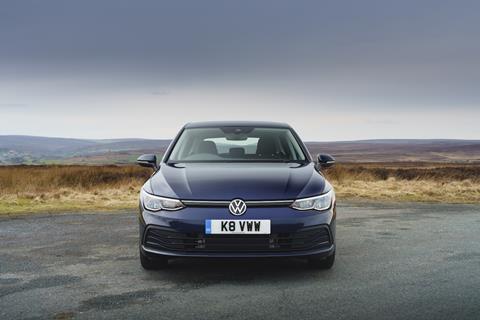
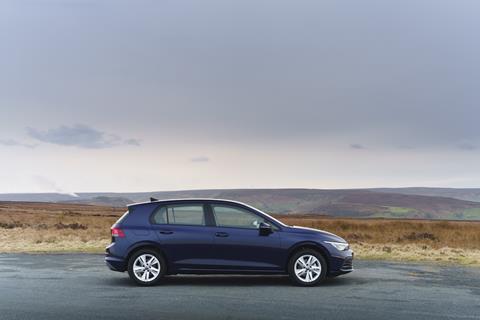
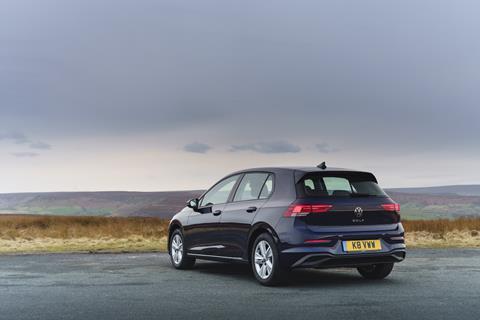
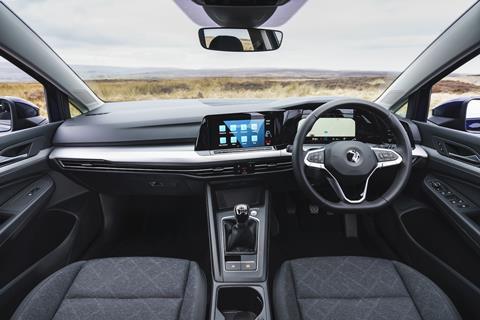
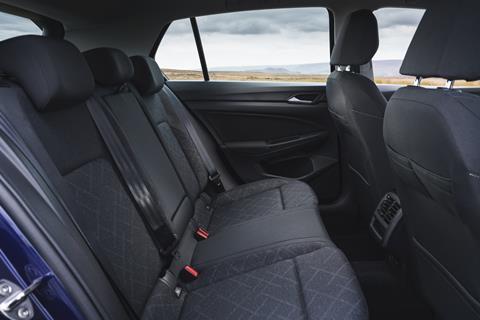
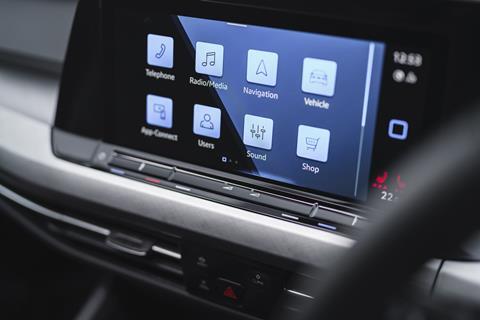
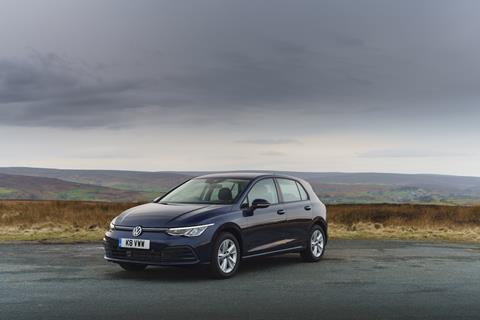
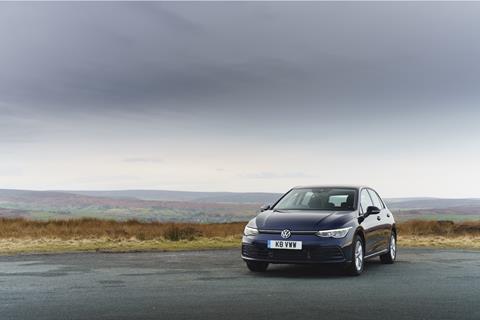




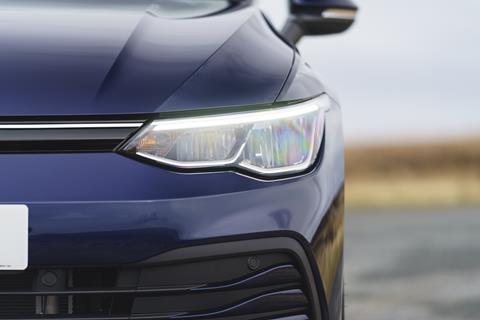

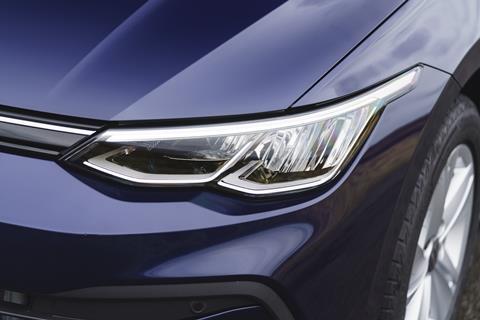

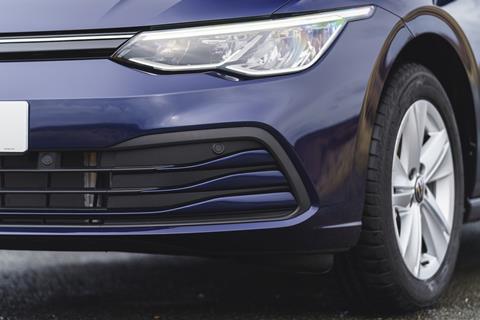
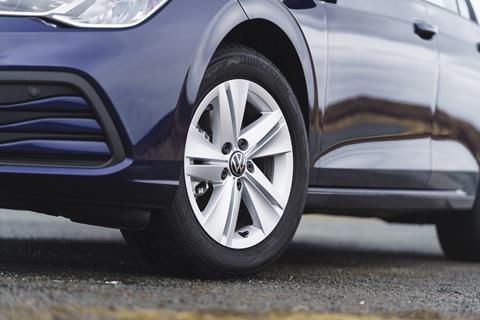
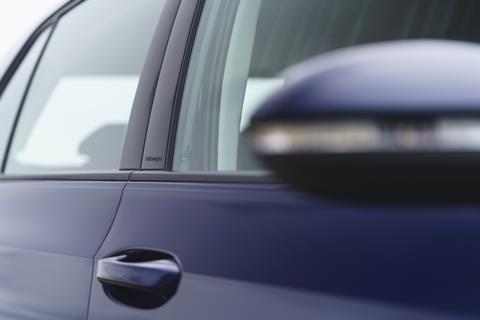

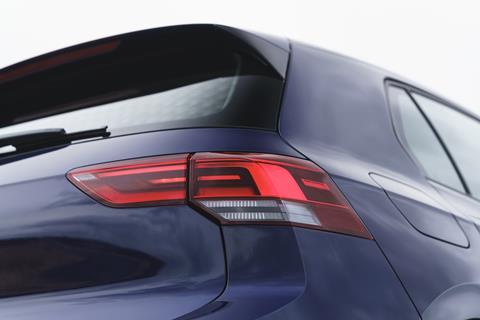
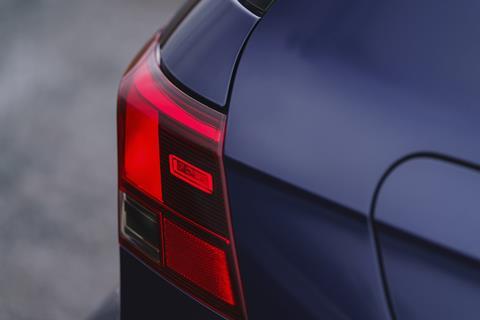




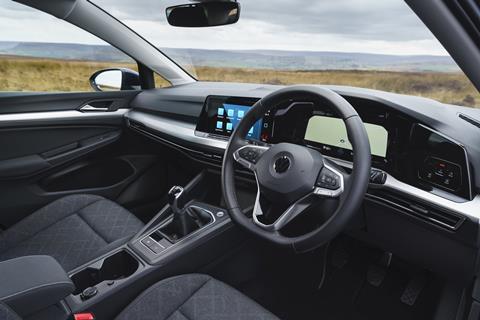
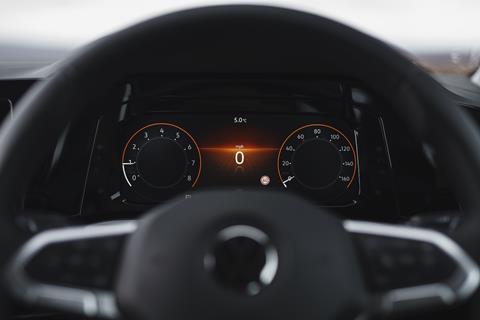



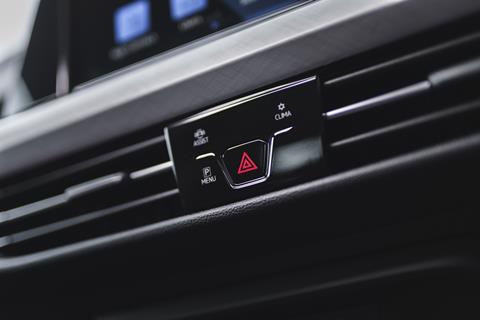
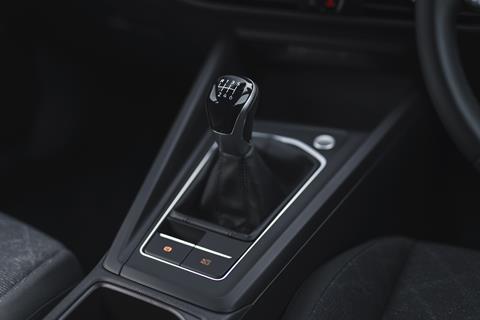

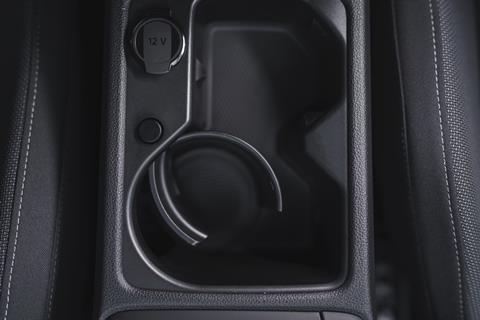

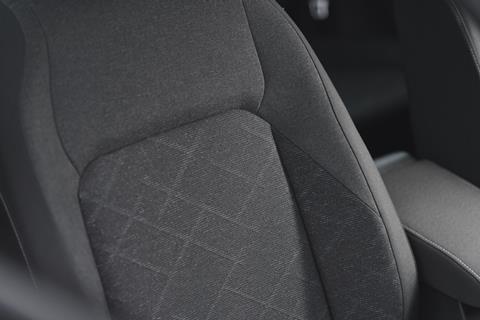
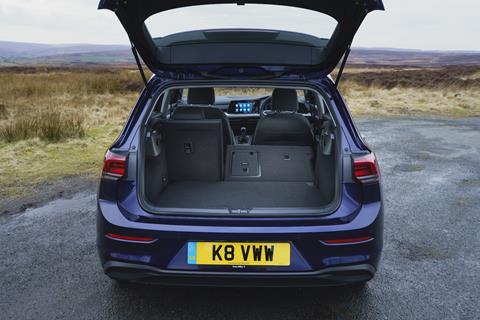

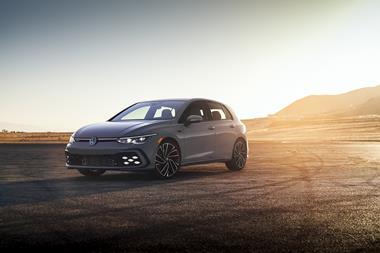
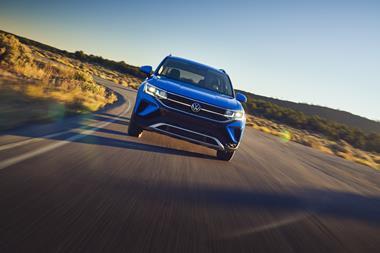



No comments yet